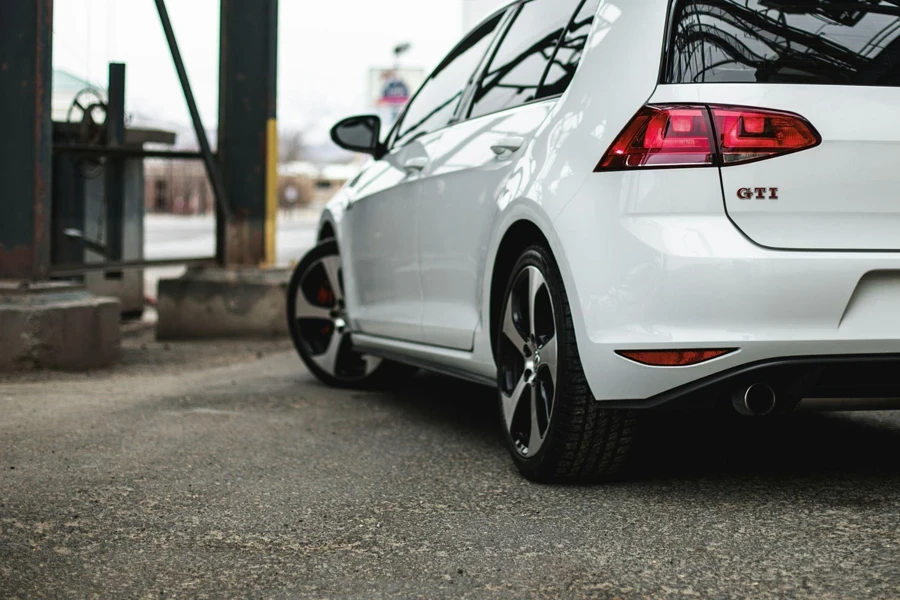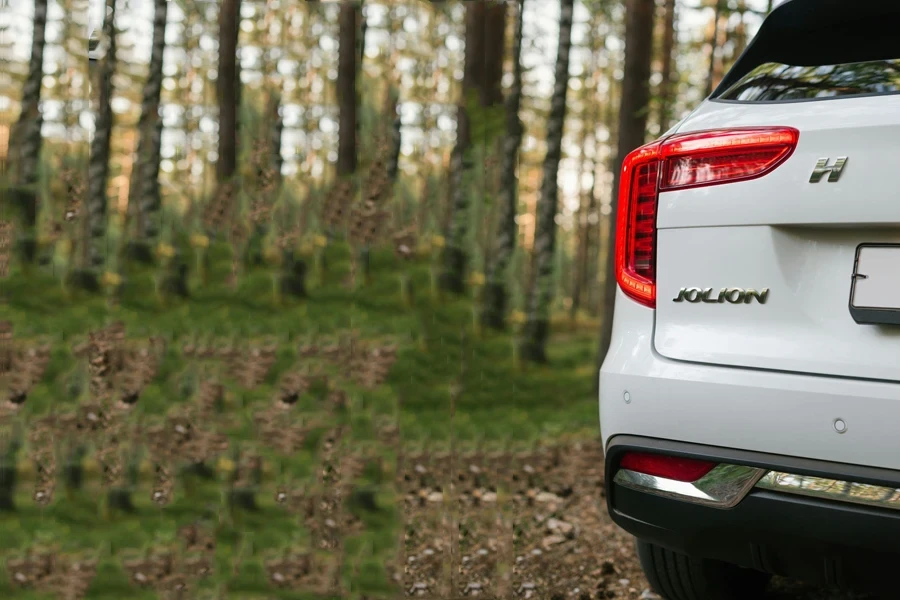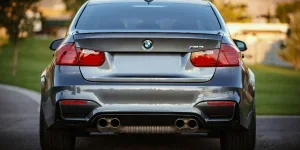Table of Contents
● Introduction
● Market overview
● Different types and their features
● Things to consider when selecting car bumpers
● Conclusion
Introduction
Choosing the right car bumper is essential not only for vehicle safety but also for maintaining its aesthetic integrity and overall value. Bumpers act as the first line of defense in minor collisions, helping to protect both passengers and vehicle components. They also play a significant role in the vehicle’s visual appeal, complementing its design and enhancing its on-road presence. With the variety of materials and types available, selecting an appropriate bumper can significantly impact the car’s longevity and performance. Therefore, understanding the nuances of car bumpers is crucial for any car owner or automotive professional aiming to make informed decisions.

Market overview
The car bumper market is poised for significant growth, reflecting broader trends in automotive safety and design innovation. As of 2023, the market was valued at approximately USD 12.2 billion and is projected to reach around USD 16.5 billion by 2031, growing at a steady CAGR of 3.7% from 2024 to 2031 as per verified market research. This growth is underpinned by several key drivers, including technological advancements, increased demand for vehicle safety, and the rising popularity of aesthetic customization.
The market’s expansion is further facilitated by a shift towards sustainability and eco-friendly manufacturing practices. Major industry players are increasingly investing in R&D to develop bumpers that are not only durable and effective in safety terms but also environmentally benign, utilizing recyclable materials and innovative production methods to reduce environmental impact. Moreover, the advent of digital marketing and e-commerce platforms has allowed these companies to reach a broader audience, providing consumers with a plethora of options that meet diverse needs and preferences.

Different types and their features
Standard bumpers
Standard bumpers are a staple on most vehicles, designed to protect the car in minor collisions by absorbing and distributing impact. These bumpers are usually manufactured from polymers and composites that offer a good balance between cost and durability. They are critical for preventing more extensive damage to the vehicle’s front and rear ends, particularly the engine and lighting systems. The design of standard bumpers is such that they blend with the vehicle’s overall aesthetic, often painted to match the car’s body color, maintaining the manufacturer’s intended visual appeal while providing functional benefits.
Deep drop and cowboy bumpers
Deep Drop and Cowboy bumpers are tailored for more rugged use, typically seen on commercial vehicles and trucks that frequent off-road or harsh environments. These bumpers are made from heavier materials such as reinforced steel or aluminum, designed to withstand significant forces and provide greater ground clearance and towing capability. Their robust structure not only protects the vehicle from more severe impacts but also helps prevent undercarriage damage during off-road navigation. The enhanced functionality of these bumpers makes them suitable for vehicles used in construction, agriculture, or any industry requiring high durability and performance under challenging conditions.
Tube bumpers
Tube bumpers offer an excellent solution for those who require both protection and minimalistic design. Their construction involves bending and welding strong metal tubes, typically steel or aluminum, into shapes that conform to the vehicle’s front or rear contours. The open design helps reduce the overall weight of the bumper, which is beneficial for fuel efficiency and lessens the strain on the vehicle’s performance. Tube bumpers are particularly popular in the off-road vehicle market due to their ability to provide strong impact resistance and the ease with which they can be fitted with additional accessories like fog lights, winches, or tow hooks.
Roll pan and step bumpers
Roll Pan bumpers are designed to enhance the vehicle’s rear appearance by creating a smooth, clean line that removes the visual interruption of a traditional protruding bumper. This type of bumper is integrated into the lower rear of the vehicle and is often used in custom trucks and cars to achieve a streamlined look. They are typically constructed from sheet metal or fiberglass, which allows for easy molding into diverse shapes. Although they provide less protection compared to other types, their appeal lies in their aesthetic enhancement and slight improvements in aerodynamics.

Things to consider when selecting car bumpers
Material types: benefits and limitations
When selecting car bumpers, the material choice plays a crucial role in balancing cost, durability, and performance. Plastics, often polypropylene or polycarbonate, are favored for their flexibility, resistance to corrosion, and relatively low cost. These materials absorb impact effectively, minimizing damage during low-speed collisions. Metals like steel or aluminum are chosen for their strength and toughness, making them suitable for vehicles that require rugged performance or enhanced protection. However, metal bumpers are heavier and more prone to corrosion. Composites offer a middle ground, combining the lightweight properties of plastics with the strength of metal, though they can be more expensive to produce and repair.
OEM vs. aftermarket
Choosing between OEM (Original Equipment Manufacturer) and aftermarket bumpers involves considerations of quality, fit, and value retention. OEM bumpers are designed specifically for the model of the vehicle, ensuring a perfect fit and maintaining the vehicle’s aesthetic and functional integrity. They are typically more expensive but offer the assurance of high-quality materials and construction. Aftermarket bumpers, while often more affordable, can vary significantly in fit and quality. Some may not match the vehicle’s original specifications, which can lead to increased wear and potentially lower the vehicle’s resale value.
Cost considerations
The pricing of car bumpers can vary widely based on material, type, and whether the product is OEM or aftermarket. Plastic bumpers are generally the most cost-effective option, offering good durability and performance at a lower price point. Metal and composite bumpers tend to be more expensive due to their enhanced material properties and the more complex manufacturing processes involved. When evaluating cost, it is important to consider not just the upfront expense but also the potential long-term savings in terms of durability and maintenance needs.
Compatibility and installation
Compatibility is a key factor in bumper selection, as the wrong type can lead to installation issues affecting the vehicle’s performance or even compromise safety. It is crucial to choose a bumper that matches the specific make and model of the vehicle to ensure proper alignment and attachment points. Installation can be straightforward for OEM products but may require professional help when dealing with aftermarket options, especially if modifications are needed. The ease of installation and the potential need for additional parts or adjustments should be considered when selecting a bumper.
Conclusion
In selecting the right car bumper, it is essential to consider both the functional and aesthetic requirements of the vehicle. The choice of material—from plastics for their cost-effectiveness and corrosion resistance to metals and composites for superior strength and durability—plays a critical role in how the bumper will perform in real-world conditions. Additionally, deciding between OEM and aftermarket options impacts not only the fit and appearance of the bumper but also the vehicle’s overall value and performance. Choosing wisely is crucial, as the right bumper not only enhances the vehicle’s appearance but also significantly contributes to its safety features. Whether the priority is the bumper’s protective qualities or its visual appeal, ensuring compatibility and considering long-term value are paramount. Making an informed decision will help maintain the vehicle’s integrity and ensure it meets both aesthetic desires and practical needs.




